How to Effectively Combat and Prevent Forest Fires
- April 5, 2024
- 0 comment
Forest fires are becoming more frequent and intense worldwide, leading to severe environmental, economic, and social impacts. Each year, millions of acres of forest are lost, threatening wildlife, endangering human lives, and destroying property. Factors like climate change and human activities are driving this alarming trend, highlighting the critical need for strategies to prevent forest fires and combat wildfires effectively.
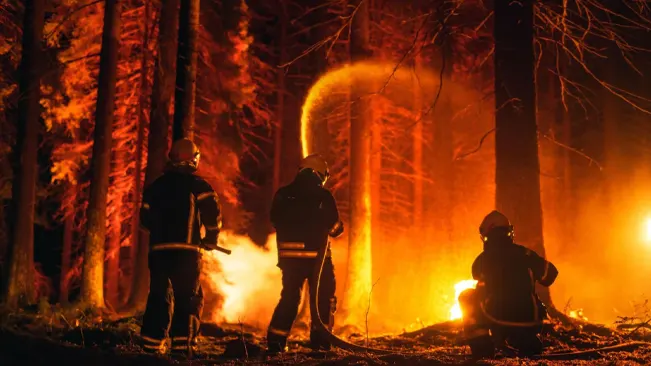
This article offers practical tips for preventing wildfires and minimizing their devastating effects. By taking proactive measures, individuals and communities can significantly reduce the risks associated with forest fires.
Understanding the complex impacts of forest fires is essential for safeguarding our natural landscapes and protecting the lives and homes of those in affected areas. Together, we can learn effective forest fire prevention tips and preparedness strategies to make a difference.
List on How to Effectively Combat and Prevent Forest Fires
- Understanding Forest Fires
- Preventative Measures
- Preparation and Mitigation
- Early Detection and Monitoring
- Effective Response Tactics
- Post-Fire Recovery and Restoration
6 Strategies to Effectively Combat and Prevent Forest Fires
1. Understanding Forest Fires
To effectively combat forest fires and implement prevention measures, it’s crucial to understand their causes, behaviors, and types. This knowledge helps identify risks, develop targeted strategies, and ensure a swift and effective response to reduce their impact.
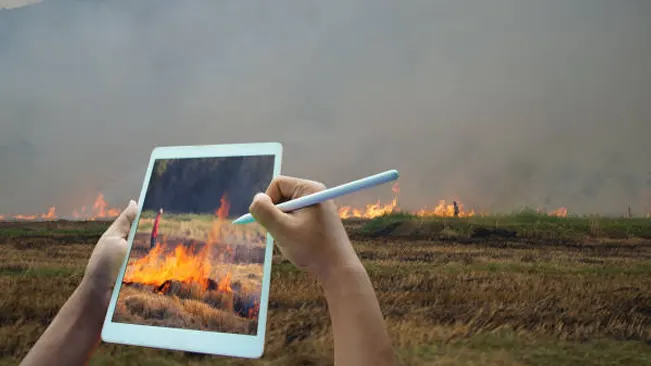
Causes of Forest Fires
Knowing the causes of forest fires is essential for implementing targeted prevention strategies and for educating the public on how to reduce the risk of igniting fires.
- Natural Causes:
- Lightning strikes can heat dry vegetation and ignite a fire.
- Spontaneous combustion due to heat build-up in decomposing material.
- Human-Induced Causes:
- Unattended campfires can escape and set surrounding vegetation on fire.
- Discarded cigarettes provide a heat source that can ignite dry grasses or leaves.
- Arson, which is the deliberate setting of fires, accounts for a notable number of incidents.
The Science of Fire
Understanding the science of fire, particularly the fire triangle, is crucial for developing effective firefighting techniques and for crafting policies that mitigate fire hazards.
- The Fire Triangle – Three Elements Needed for Fire:
- Oxygen: Abundant in the atmosphere and essential for sustaining a fire.
- Heat: Can be from natural sources like lightning or human-induced such as a spark from machinery.
- Fuel: Consists of any combustible material in the forest, like dry wood, leaves, grass, or shrubs.
Types of Forest Fires
Recognizing the different types of forest fires is important to tailor response strategies appropriately, ensuring that firefighting resources are used effectively and efficiently.
- Surface Fires:
- Burn dead leaves, fallen branches, and other detritus on the forest floor.
- Generally less intense and more manageable, but can act as a precursor to more severe fires.
- Crown Fires:
- Occur in the tops of trees and spread quickly, often driven by wind.
- Extremely challenging to control due to their height and speed of spread.
- Ground Fires:
- Smolder in organic matter below the soil surface, sometimes even in the root systems of trees.
- Difficult to detect and extinguish, posing long-term threats to forest stability.
2. Preventative Measures
Preventative measures are crucial in forest fire management, effectively reducing risks of ignition through public education about fire hazards and safe practices. These strategies enhance community preparedness, ensuring readiness and rapid response during fire emergencies.
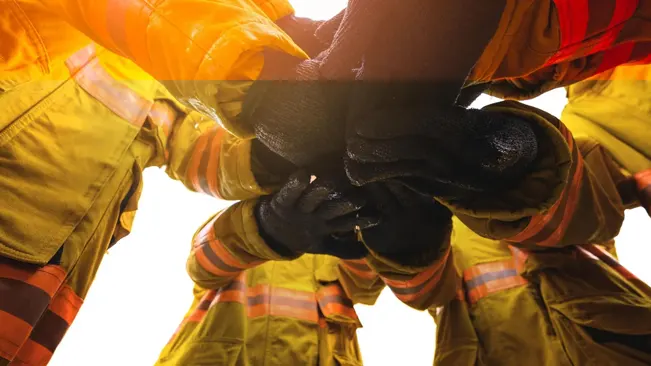
Education and Awareness
Education and awareness are key in forest fire prevention as they empower individuals with knowledge on fire risks and safe practices, fostering a culture of responsibility and caution.
- Conduct public education campaigns focused on fire safety and prevention techniques.
- Distribute information on the causes and risks of forest fires to increase public understanding.
- Implement school programs to teach children about the importance of forest fire prevention.
Community Involvement
Community involvement in preventive measures creates a unified front in forest fire management, leveraging local knowledge and resources for better preparedness and rapid response.
- Promote community-based fire prevention programs, involving local residents in risk reduction activities.
- Encourage participation in ‘Firewise’ practices, such as creating defensible spaces around properties.
- Organize community workshops and training sessions on how to identify and reduce fire hazards.
Regulations and Policies
Implementing and adhering to regulations and policies is vital for maintaining control over activities that pose fire risks, thereby systematically reducing the likelihood of forest fires.
- Establish and enforce laws and restrictions to prevent forest fires, such as prohibiting open burning during dry or windy conditions.
- Implement burn bans during periods of high fire risk to minimize accidental fire ignitions.
- Develop zoning laws and building codes that require fire-resistant materials and designs in fire-prone areas.
3. Preparation and Mitigation
Reducing fire risk and impact through defensible spaces, fire-resistant landscaping, and materials helps protect properties and assists firefighters in managing fires more effectively. These measures not only safeguard properties but also provide firefighters with a strategic advantage in controlling and extinguishing fires more efficiently, ultimately leading to better outcomes in fire management.

Creating Defensible Space
Creating defensible space around properties acts as a crucial buffer, reducing fire spread and providing firefighters with a safer and more effective area to combat the fire.
- Clear flammable vegetation within a specific radius around buildings.
- Regular maintenance to keep the area free of potential fire fuel.
- Strategic landscaping to reduce fire intensity near structures.
Fire-Resistant Landscaping
Fire-resistant landscaping significantly diminishes the potential fuel for fires near structures, thus playing a key role in preventing the initiation and spread of fires.
- Use plants with high moisture content and low resin/sap content.
- Design gardens and green spaces to act as natural firebreaks.
- Regularly prune and maintain plants to minimize fire hazards.
Building Materials
The use of fire-resistant building materials in construction enhances the survivability of structures during forest fires, ultimately reducing damage and loss.
- Incorporate materials like metal, brick, and treated wood that resist fire.
- Use fire-resistant roofing materials and dual-paned glass windows.
- Design buildings with fire safety in mind, including layout and external fixtures.
4. Early Detection and Monitoring
Prompt identification of forest fires enables quicker response, limiting spread and damage, and is essential for efficient allocation of firefighting resources. Early detection allows for quicker mobilization of firefighting resources, significantly limiting the spread and potential damage caused by the fire. Quick action reduces the overall scale of the emergency, leading to more controlled and successful firefighting efforts.
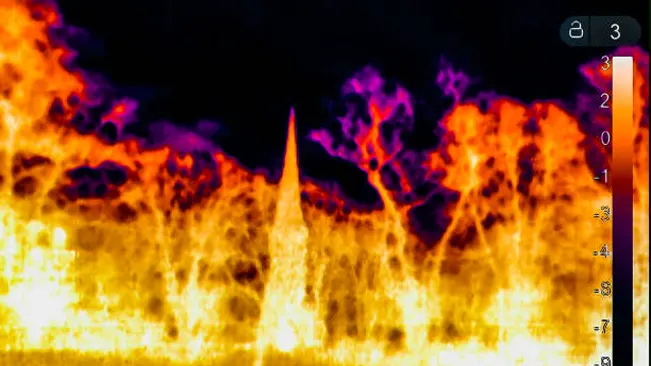
Technology in Detection
The use of advanced technology in detection, such as satellites and drones, enables early identification of forest fires, allowing for quicker response and potentially less damage.
- Employ satellite imagery and aerial drones for broad-area surveillance.
- Utilize remote sensors for real-time monitoring of fire-prone areas.
- Implement advanced systems for early smoke and heat detection.
Surveillance Practices
Effective surveillance practices, including watchtowers and patrols, are crucial for the early spotting of fires, ensuring rapid activation of firefighting efforts to control the blaze.
- Maintain and staff watchtowers in key locations.
- Conduct regular patrols in vulnerable areas.
- Encourage community reporting systems for early fire detection.
Predictive Modeling
Predictive modeling plays a key role in forest fire management by forecasting high-risk areas and periods, allowing authorities to allocate resources and take preventive actions proactively.
- Use data analysis and predictive algorithms to forecast high-risk periods.
- Implement models for weather patterns, vegetation dryness, and other risk factors.
- Adapt preventive measures based on predictive model outputs.
5. Effective Response Tactics
Timely and strategic responses, including containment methods and resource deployment, are critical in controlling and extinguishing fires, reducing overall destruction. The implementation of containment methods, such as creating firebreaks and executing controlled burns, plays a key role in halting fire spread.

First Response
A swift and efficient first response is critical in forest fire scenarios, as immediate action can significantly limit the spread and intensity of the fire.
- Outline immediate actions, such as notifying fire services and beginning initial suppression.
- Train individuals in basic firefighting techniques for early intervention.
- Establish clear communication channels for efficient coordination.
Containment Strategies
Implementing containment strategies, such as creating firebreaks and controlled burns, is essential to halt the progress of a forest fire and prevent it from engulfing larger areas.
- Use firebreaks and controlled burns to prevent fire spread.
- Implement counter-firing techniques under controlled conditions.
- Employ strategic planning based on fire behavior and terrain.
Firefighting Resources
Adequate firefighting resources, including well-equipped personnel, aerial support, and specialized machinery, are indispensable for effectively battling forest fires and reducing their destructive impact.
- Detail roles of ground and aerial firefighting teams.
- Utilize helicopters and planes for water and retardant drops.
- Employ specialized vehicles and equipment for diverse fire scenarios.
6. Post-Fire Recovery and Restoration
Post-fire recovery and restoration efforts are vital for healing ecosystems ravaged by forest fires. These activities, including reforestation and land rehabilitation, play a critical role in restoring native flora and fauna. They also prevent soil erosion, a common aftermath of fires, by stabilizing the land.
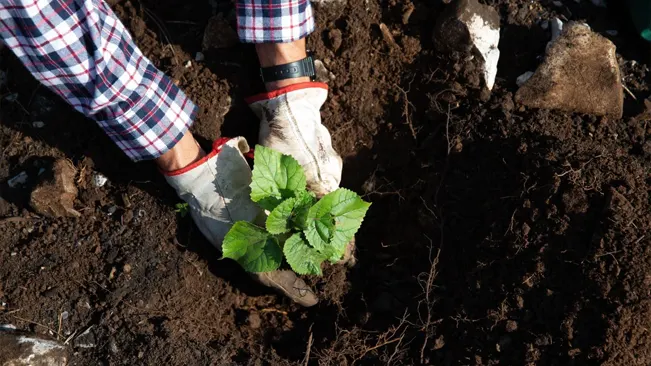
Assessing Damage
Assessing damage post-fire is crucial for identifying immediate risks and prioritizing recovery efforts, ensuring that affected areas are safely and effectively restored.
- Conduct thorough assessments of affected areas for immediate risks.
- Identify dangers like weakened trees, landslides, and erosion.
- Prioritize areas for immediate attention and recovery efforts.
Rehabilitation Efforts
Rehabilitation efforts, such as reforestation and erosion control, are vital for restoring the ecological balance and resilience of fire-affected areas, helping to prevent future fires.
- Implement reforestation and revegetation programs.
- Develop strategies for soil stabilization and erosion control.
- Focus on restoring wildlife habitats and natural ecosystems.
Lessons Learned
Analyzing lessons learned from forest fires allows for the refinement of firefighting strategies and prevention techniques, leading to improved responses in future fire incidents.
- Analyze the effectiveness of the response and adapt strategies accordingly.
- Conduct debriefs to gather insights from various stakeholders.
- Incorporate lessons into future fire management and training programs.
Conclusion
Effectively combating forest fires requires a holistic approach that includes comprehensive forest fire prevention tips, early detection systems, strategic response plans, and thorough post-fire recovery efforts. By combining community involvement, innovative technology, and adaptive management, we can significantly reduce the frequency and impact of wildfires, protecting both our environment and communities.
Frequently Asked Questions (FAQs)
- What are the most common causes of forest fires?
How natural factors like lightning and human activities such as campfires contribute to forest fires. - How can individuals help prevent forest fires?
Explore everyday actions and precautions people can take to reduce the risk of inadvertently starting a forest fire. - What is a defensible space and how do you create one?
Discuss the concept of a safety buffer around properties and steps to establish it for fire prevention. - Why are fire-resistant landscaping and building materials important?
Explain how these choices can significantly reduce the risk of fire spreading to structures. - How do early detection and monitoring systems work in preventing forest fires?
Describe the technologies and methods used for early fire detection and how they contribute to timely responses. - What role do communities play in forest fire prevention and response?
Detail the importance of community involvement and education in reducing fire risks and enhancing preparedness. - What are controlled burns and how do they prevent larger fires?
Clarify how these managed fires are used to reduce fuel loads in forests and prevent catastrophic wildfires. - What should you do if you encounter a forest fire?
Offer safety tips and immediate steps to take if one finds themselves near a forest fire. - How do authorities prepare for high-risk fire periods?
Discuss the planning, resource allocation, and strategies authorities employ during times of heightened fire risk. - What does post-fire recovery involve and why is it important?
Explain the processes of ecosystem restoration and hazard mitigation following a forest fire and their long-term benefits.

Charles Hayes
Forestry AuthorI'm Charles Hayes, I bring over 15 years of specialized expertise in landscaping and woodworking, blending artistic design with sustainable environmental stewardship. My career, fueled by a profound passion for the natural world, encompasses extensive education and hands-on experience in creating harmonious, eco-friendly outdoor spaces and responsibly managing forest resources. Recognized for my professional standing, I am committed to continuous learning and certification in cutting-edge practices. My expertise is not only reflected in my work but also in my contributions to community projects, educational workshops, and collaborations with industry leaders. As an authoritative voice in my field, I strive to share knowledge and promote environmentally conscious approaches, making me a trusted resource in landscaping and forestry.













Leave your comment